Billiards requires not only precision and strategic thinking, but also quality equipment. Choosing the right tool for the game is a process that requires taking into account several important characteristics. We are talking about the cue for Russian billiards: they are the parameters that determine stroke precision, ball control and playing comfort. Length, weight, balance, material and cut – all characteristics influence the playing qualities of the instrument. Let’s take a look at the main selection criteria that help beginners and professional players find the perfect cue.
How to choose a cue for Russian billiards: main parameters and features?
Choosing the optimal instrument depends on playing style, training level and personal preferences. A poorly chosen cue can worsen the accuracy of strokes, reduce ball control and cause discomfort in the game.
Key features:
- Length – affects grip comfort and stroke amplitude.
- Weight – determines the power and control of movement.
- Balance – determines stability and accuracy.
- Shank diameter – affects glide smoothness and stroke accuracy.
- Teeth – determine rigidity and shock absorption.
- Material – responsible for durability and feel.
Each parameter plays an important role and the right combination of properties ensures maximum comfort and performance.
Which cue to choose for Russian billiards: length, weight and balance
 The right cue is not just an instrument, but an extension of the player’s hand. Length, weight and balance have a direct impact on the comfort, accuracy and efficiency of your strokes. By taking these parameters into account, you can choose the best option that will help you master the process and improve your skills.
The right cue is not just an instrument, but an extension of the player’s hand. Length, weight and balance have a direct impact on the comfort, accuracy and efficiency of your strokes. By taking these parameters into account, you can choose the best option that will help you master the process and improve your skills.
Length: the importance of choosing the right one
The standard length of a cue for Russian billiards is 160 cm, but depending on the game participant’s preferences and height, the parameter can range from 155 to 165 cm. The length determines the range of movement and comfort of the grip. Instruments with a length of 155-157 cm are suitable for players with a small stature or players who prefer short-distance technical strokes. Cues of 160 cm are considered a universal choice, as they offer a balance between agility and precision. The longer 163-165 cm variants are suitable for taller players and players who use a greater range of movement in their strokes.
Weight – striking the balance between power and control
The weight of a Russian billiard cue affects the power of the stroke, the speed of the ball movement and the comfort of holding the instrument. Weighing from 680 to 750 g, you can choose the best option based on your playing style. Lightweight formats in the 680-710 g range provide smooth and accurate shots, ideal for technical players who prefer control over ball position. The average weight of 710-730g is considered the golden mean, as it offers a balance between accuracy and power. Cues heavier than 730g are suitable for players who prefer an aggressive style, as the higher weight improves impact and facilitates attacking play.
Cue balance: the key to accurate shots
Balance is the distribution of mass along the length of the cue, which affects how easily you hit and control ball movement. A centrally balanced cue offers comfortable control and smooth movements, making it ideal for technical and positional play. When the centre is shifted to the tip, the instrument becomes more powerful, which is useful for the aggressive style, as the increased inertia allows you to push the balls harder.
The best cue for Russian billiards: material and cut
The choice of material and design determines the cue’s durability, rigidity and shock absorption. The correctly chosen variety affects the game feel, and the technology of the cuts helps to reduce vibrations and increase the stability of strokes.
Material: which woods are used
The classic cue for Russian billiards is made of natural woods, as they provide durability, cushioning and a pleasant feel. One of the most popular woods is ash, which combines rigidity and moderate elasticity, making it ideal for beginners. Maple is used to make lightweight models, as it has a soft texture that offers good cushioning. Professionals often choose hornbeam, as it is characterised by high rigidity and durability, making the cue more stable on impact. Ebony is found in high-quality instruments and is characterised by high density and heaviness, making strokes as powerful and precise as possible.
Grooves: how it affects playing
Grooves are special notches in the construction of the cue that reduce vibrations and make strokes stable. They influence rigidity, resilience and control. Straight grooves ensure even load distribution, making the cue versatile for different playing styles. Deep notches increase rigidity and shock absorption and help minimise the effect of vibration on stroke accuracy.
Russian billiards cue for beginners and pros
The cue for beginners should
- Medium length (160 cm) – provides a comfortable grip.
- Weight 700-720 g – makes it easier to control your strokes.
- Made of ash or maple – provides flexibility and stability of strokes.
Experienced players choose models according to their personal preferences:
- Customised balance – adapts the cue to your playing style.
- Complex shaped teeth – reduces vibrations during strokes.
- Elite materials – increase feel and durability.
Conclusion
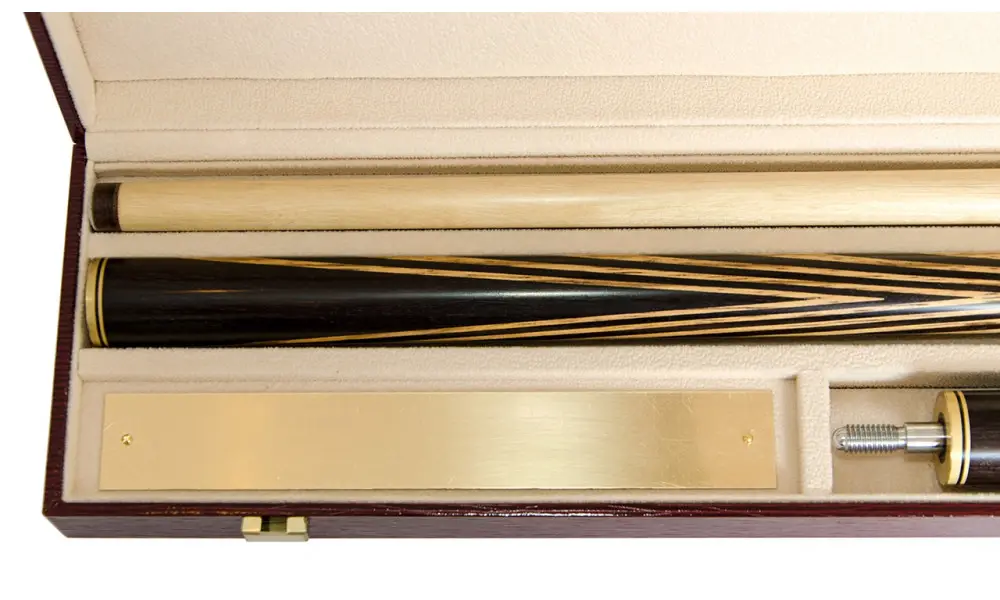 Choosing a cue for Russian billiards is an important process that affects accuracy, comfort and control in the game. The main criteria are length, weight, balance, material and cut. Novice players should pay attention to universal models that help them adapt to the playing process. Professionals choose cues taking into account playing style and technical parameters. A correctly chosen instrument is the basis of success, as it allows you to develop your skills and achieve new victories.
Choosing a cue for Russian billiards is an important process that affects accuracy, comfort and control in the game. The main criteria are length, weight, balance, material and cut. Novice players should pay attention to universal models that help them adapt to the playing process. Professionals choose cues taking into account playing style and technical parameters. A correctly chosen instrument is the basis of success, as it allows you to develop your skills and achieve new victories.








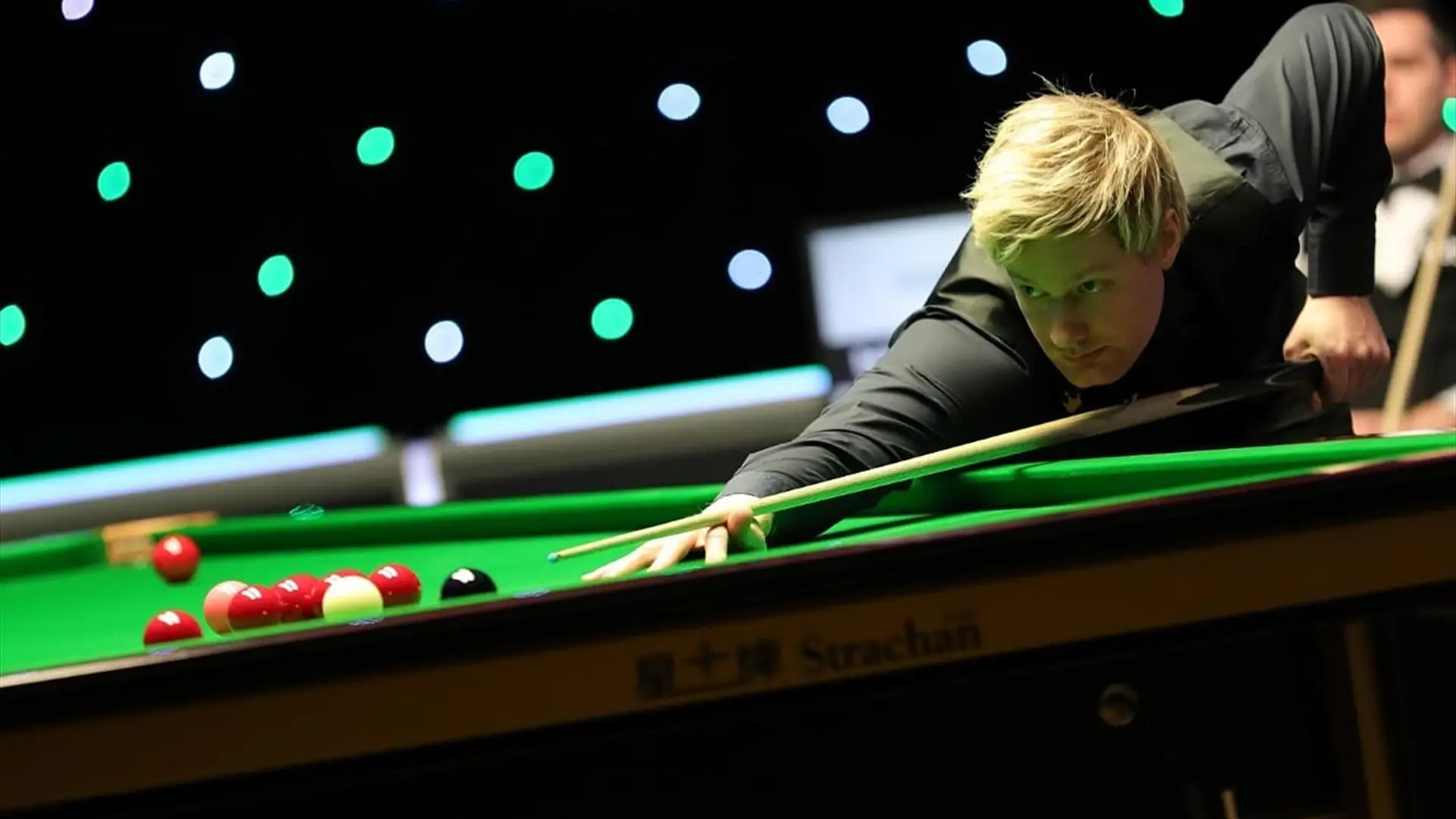
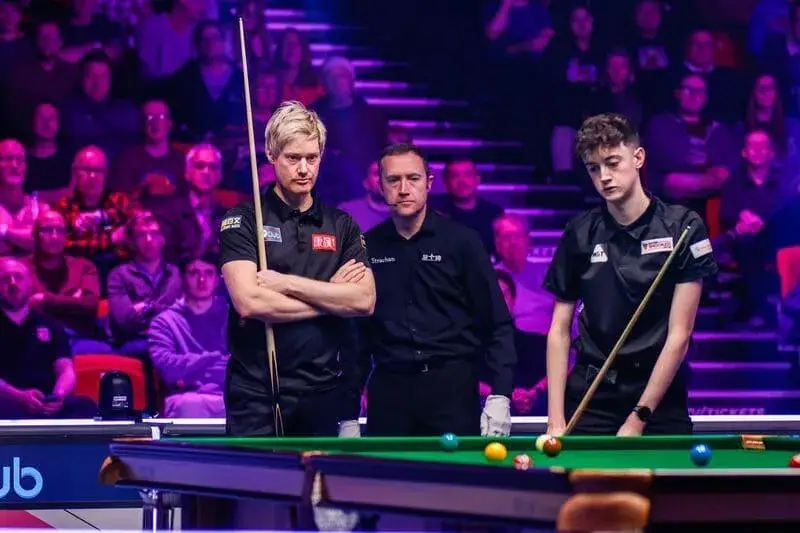 The British Championship is a highly emotive event for fans and players alike. The competition is often intense and every frame can be decisive in determining the winner.
The British Championship is a highly emotive event for fans and players alike. The competition is often intense and every frame can be decisive in determining the winner.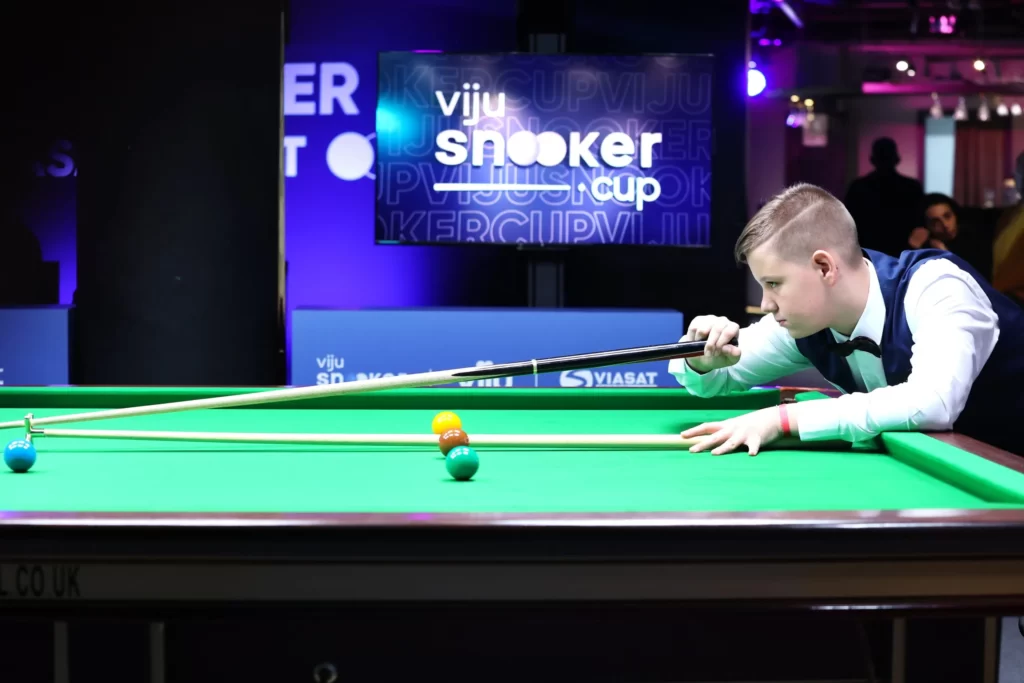 Snooker has won the hearts of millions of spectators around the world with its unique tournaments and legendary players. The World Championship, Invitational Masters and British Championship represent the true pinnacle of excellence, where every player strives to be part of history. May snooker continue to be a symbol of intelligence, endurance and elegance on the green where every shot can decide the fate of a champion.
Snooker has won the hearts of millions of spectators around the world with its unique tournaments and legendary players. The World Championship, Invitational Masters and British Championship represent the true pinnacle of excellence, where every player strives to be part of history. May snooker continue to be a symbol of intelligence, endurance and elegance on the green where every shot can decide the fate of a champion.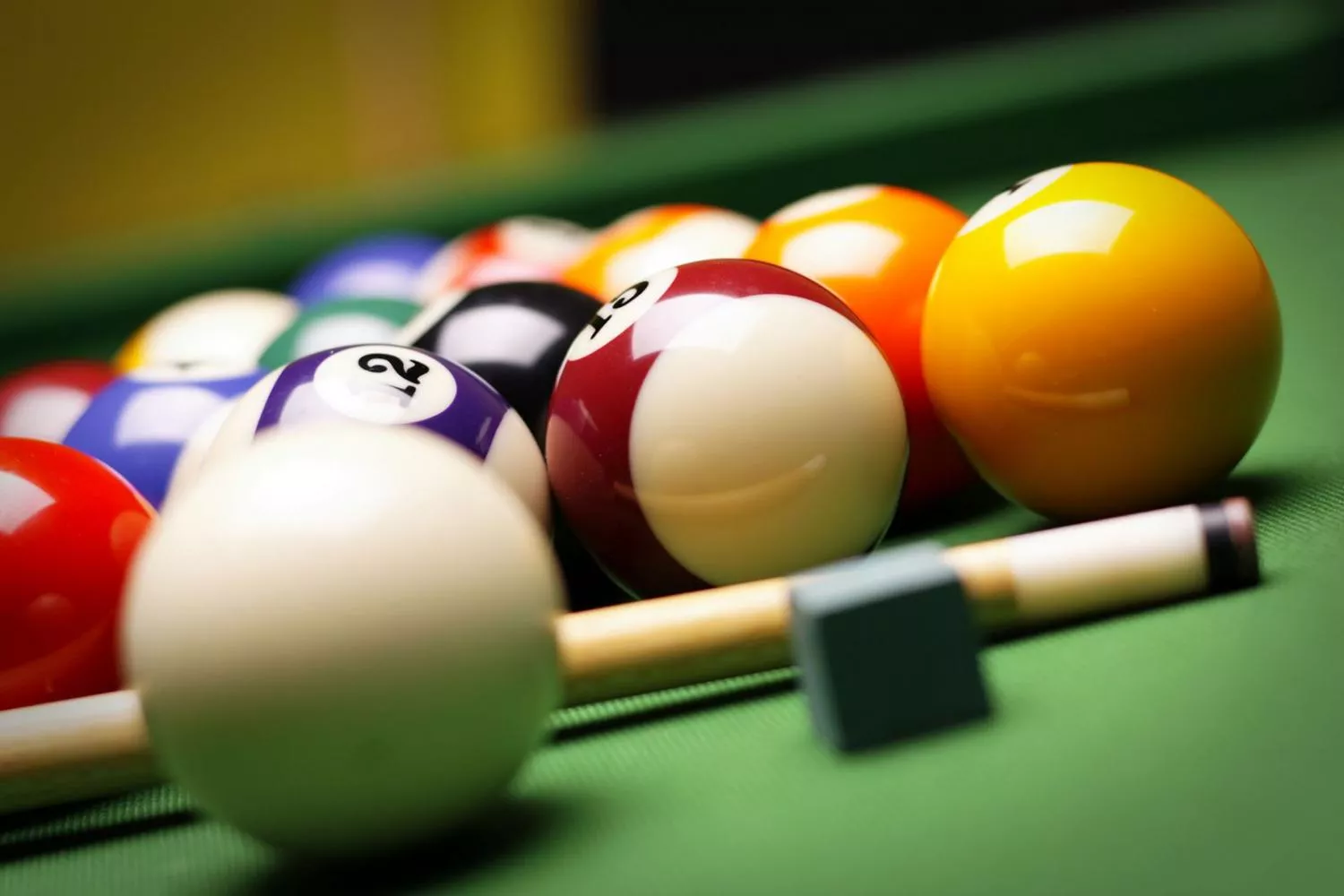
 The differences in the equipment of these two formats are also significant. Russian billiard tables are 12 feet long, making them among the largest of all versions of the game. The louzes are small, requiring incredible precision even from experienced players. The equipment of American billiards is very different: the tables are 2.5 to 3.5 metres long and the louzes are wider, making the game much easier to play. The cue of Russian billiards tends to be heavier, with a harder tip, while that of American billiards is lighter and more flexible, which helps to make fast and precise strokes.
The differences in the equipment of these two formats are also significant. Russian billiard tables are 12 feet long, making them among the largest of all versions of the game. The louzes are small, requiring incredible precision even from experienced players. The equipment of American billiards is very different: the tables are 2.5 to 3.5 metres long and the louzes are wider, making the game much easier to play. The cue of Russian billiards tends to be heavier, with a harder tip, while that of American billiards is lighter and more flexible, which helps to make fast and precise strokes. The differences between Russian billiards and American billiards cannot be underestimated: they are two completely different games, each offering its own challenges and fun. Russian billiards is based on patience, precision and strategy, while American billiards is based on speed, fun and dynamism. It is important to understand these differences in order to choose and enjoy the game in the best possible way. Whichever version is preferred, billiards remains a fascinating and versatile game, always providing fun and a chance to improve yourself.
The differences between Russian billiards and American billiards cannot be underestimated: they are two completely different games, each offering its own challenges and fun. Russian billiards is based on patience, precision and strategy, while American billiards is based on speed, fun and dynamism. It is important to understand these differences in order to choose and enjoy the game in the best possible way. Whichever version is preferred, billiards remains a fascinating and versatile game, always providing fun and a chance to improve yourself.